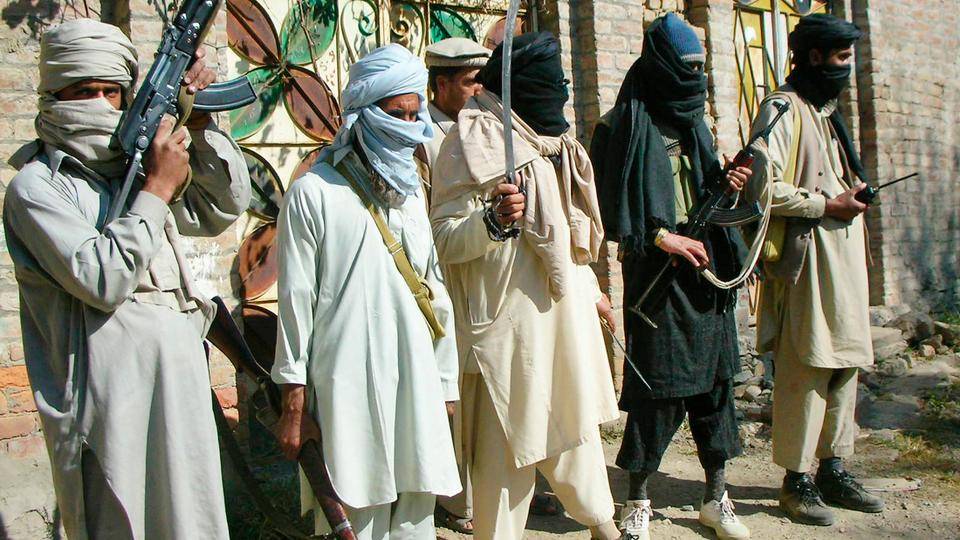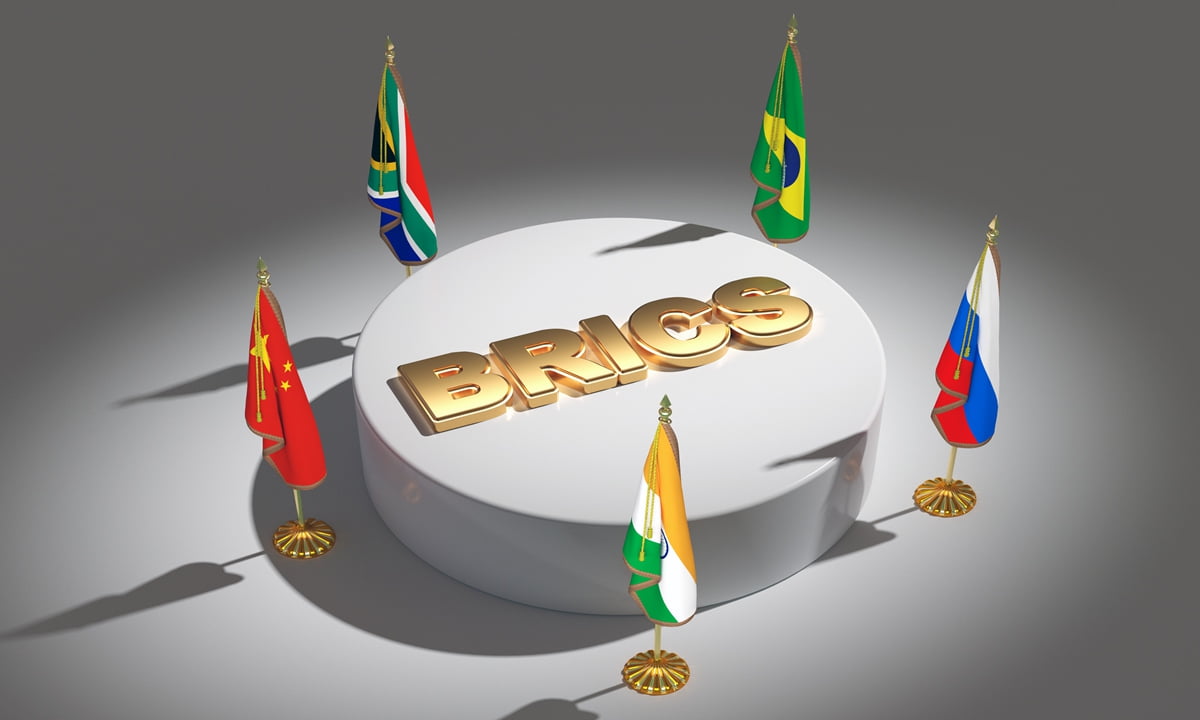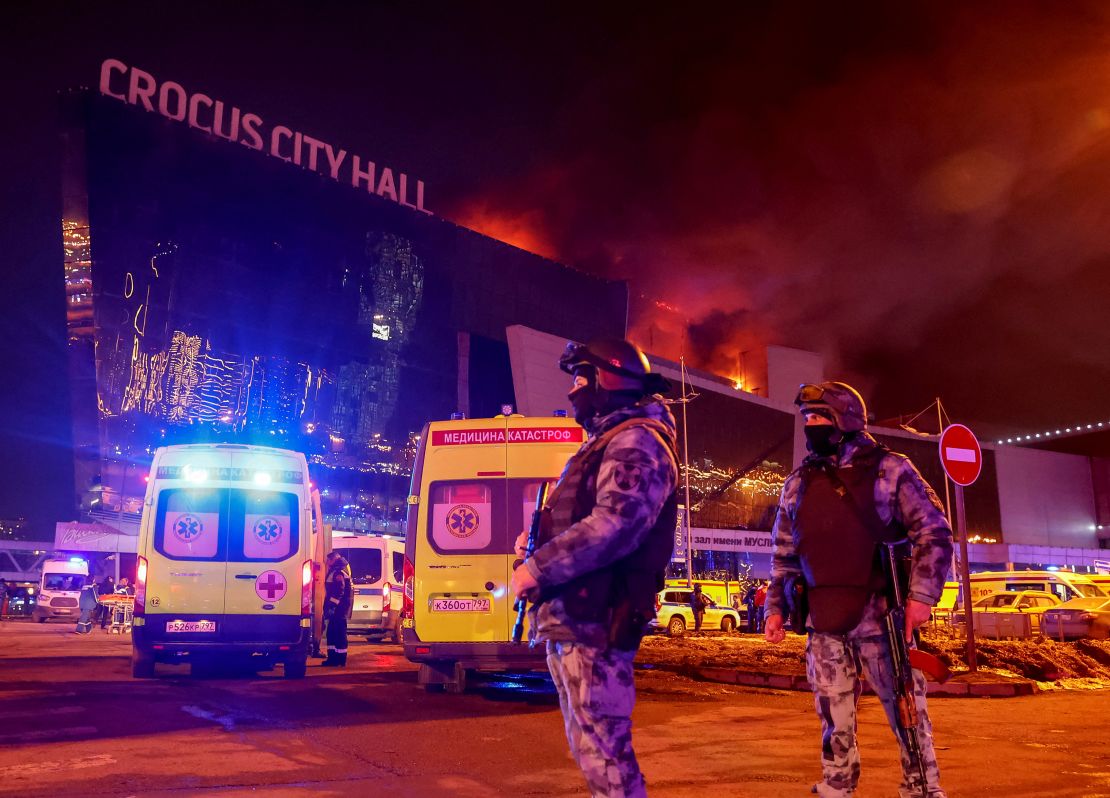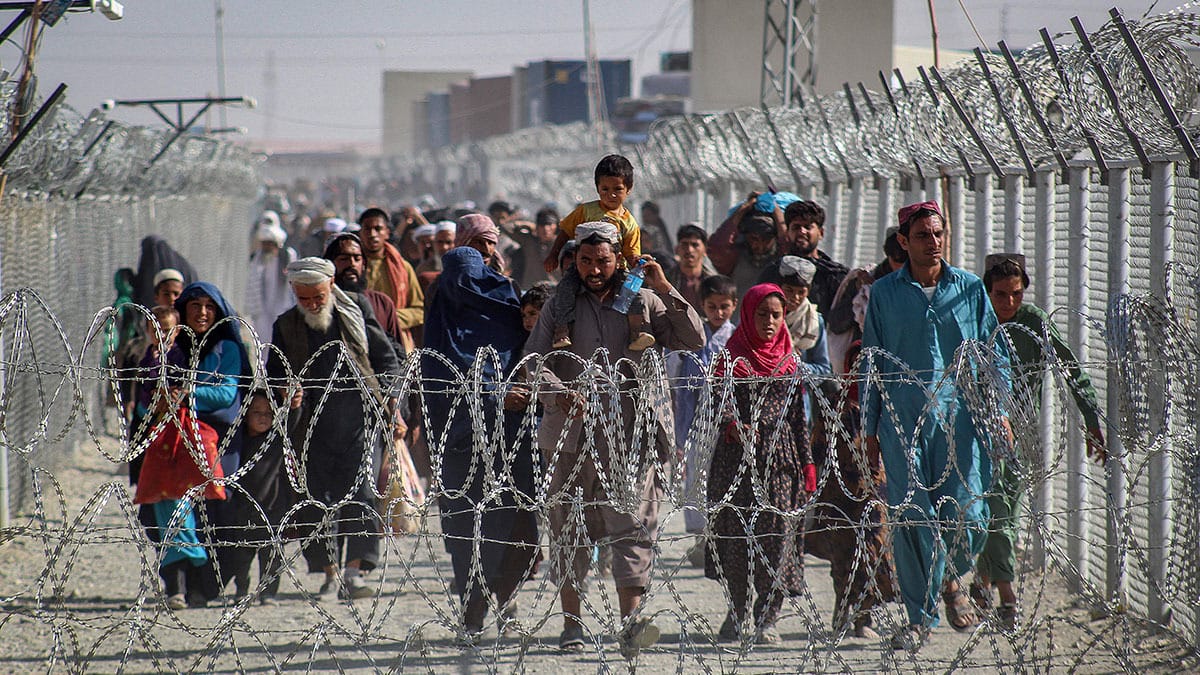Introduction
After its establishment in late 2007, Tehrik-e-Taliban (TTP) not only grew to become the most dangerous terrorist threat within Pakistan but also to the United States. Recently we have seen TTP carrying out attacks in areas like Balochistan’s Pashtun-populated areas stretching from Quetta, the provincial capital, to the towns of Chaman and Killa Saifullah, which border Afghanistan and to Zhob district, Khyber Pakhtunkhwa and areas next to the province. The fall of Kabul has only strengthened TTP with respect to its ability to conduct terror attacks in the country but in the meantime also encouraged to expand the area of terror attack to other areas within Pakistan.
Background
There was a time in the year 1979, when the Soviets invaded Afghanistan, at that moment both Pakistan and the US considered Afghanistan as a region to safeguard their interest. When Afghanistan was having wars with Pakistan it didn’t bother Pakistan much as it was aware of US funding to Pakistan but today the scenario has changed, post US withdrawal from the region Pakistan is left to deal with terror outfits in Afghanistan all alone. Pakistan has a long-shared bond with TTP as TTP is Pakistani militants from Pakistan, TTP experienced a strong comeback in 2020 after the Afghan peace deal with the US. Afghan Taliban and TTP share deep ideological roots.
When the Afghan Taliban came into power in Afghanistan in the year 2021, Pakistan supported the Afghan Taliban with the hope that in the coming times, they would help Pakistan to deal with TTP but it is not happening as TTP, eventually comes as an extension of Afghan Taliban.
Tehrik-e-Taliban’s Incidents
References
- “Terror in Peshawar: On Shia Mosque Attack” ,The Hindu, March 2022.
- Ayaz Gul, “Pakistan Presses Afghan Taliban to Extradite Terror attack planners”, VOA, December 14, 2024.
- Sitara Noor, “The Taliban’s Ascendance in Afghanistan: Implications for Pakistan”, JSTOR, September 2021.
- Nasreen Akhtar, “Pakistan, Afghanistan and the Taliban”, JSTOR, December 2008.
- Hussain Shahed Soherwordi, “A Theoretical Discourse on Pakistani Taliban”, JSTOR, January 2011.
- Abdul Sayed, Tore Hamming, “The Revival of Pakistani Taliban”, Combating Terrorism centre, May 2021.
- Murtaza Hussain, “Pakistan’s Shia Genocide”, Al Jazeera, November 2012.
- Umair Jamal, “Pakistani Taliban Denies attack on Karakoram Highway”, The Diplomat, December 2023.
- Abdul Sayed, “The Evolution and Future of Tehrik-e- Taliban Pakistan,” Carnegie Endowment For International Peace, December 2021.
- Shahzad Akhtar and Zahid Shahab Ahmed, “Understanding the Resurgence of the Tehrik-e-Taliban Pakistan”, Taylor and Francis, November 2023.
- Abid Hussain, “March of ‘terror’: Pakistan grapples with deadly attacks on China interests,” Al Jazeera, March 2024.
- Zia ur-Rehman and Christina Goldbaum, “As Violence Surges, Can Pakistan Protect Its Chinese Projects?”, The New York Times, July 2024.
All the views and opinions expressed are those of the author. Image Credit – The Friday Times
About the Author
Julia Jose Thachil is a Research Intern at the Indian Council of World Affairs (ICWA). She completed Master’s degree in Politics and International Relations from the Central University of Gujarat.



